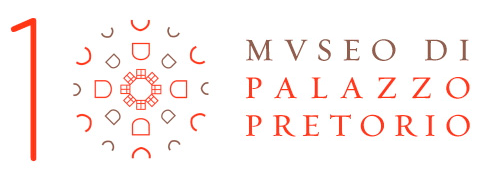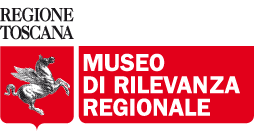The Lipchitz donation

Lipchitz studied in Paris when it was Europe’s capital of art and became a friend of Amedeo Modigliani, Juan Gris and Pablo Picasso. During the Nazi occupation he was compelled to move to the US because of his Jewish origins. He returned to Europe in 1963, and spent a lot of time in Italy, particularly in Pietrasanta.
The story of the Lipchitz donation began in 1974. The recently widowed Yulla Lipchitz came to Prato with Henry Moore in order to attend the inauguration of Moore’s sculpture, Square form with cut, placed in Piazza S. Marco. She was stunned by the Pratese citizens’ interest in art and began to consider the idea of donating a part of her husband’s collection of plaster casts. That idea came to fruition in 2011 thanks to the Pratese collector Giuliano Gori and to the art historian Kosme de Baranano, who re-established links with Yulla’s son, Hanno D. Mott.
When they arrived to Prato, after 40 years in Lipchitz New Yorker studio, the sculptures was strongly damaged: they recovered their ancient beauty thanks to the diligent work made by the restorers of the Florentine Opificio delle Pietre Dure.
The drawings and the sculptures of the Lipchitz collection in Prato, follow the stages of the artistic invention: from the first outline to the project, from the chalk plasters to the bronze and marble sculptures. Moreover, they represent every period of the artist: from the Cubist style to the Surrealism, to the rounded classic shapes oh his mature period.
At the third floor are exposed the Bas relief with mythological scene (1911), one of the first artworks of the Parisian period, and the astonishing Harlequin with mandolin (1920). Mother and Child II (1941) is the first work he realized in New York. Then, The last embrace (1970-1971), so suggestive, that’s one of his last works.

